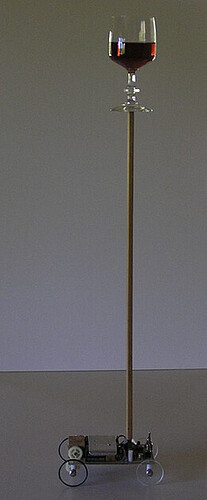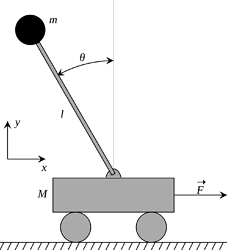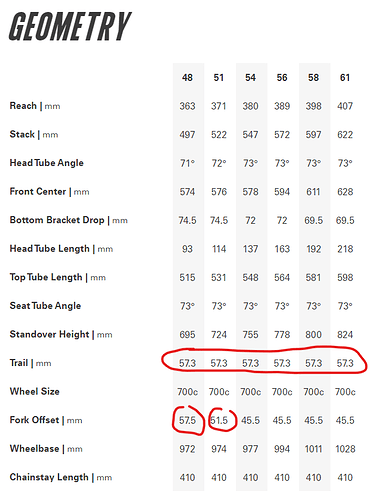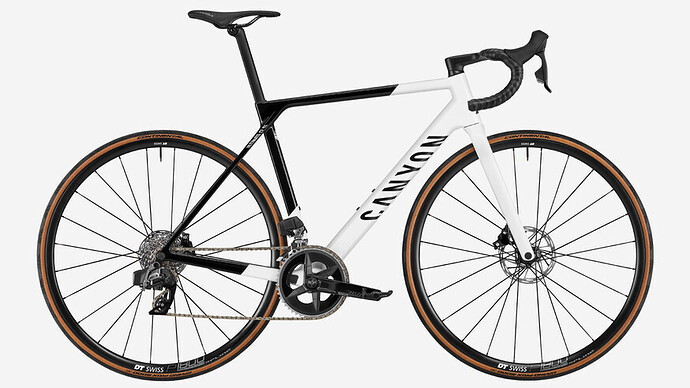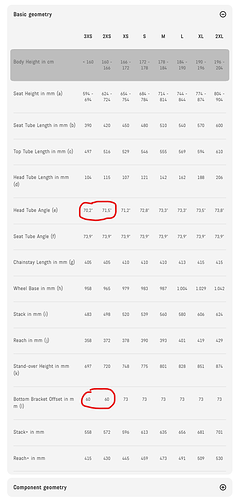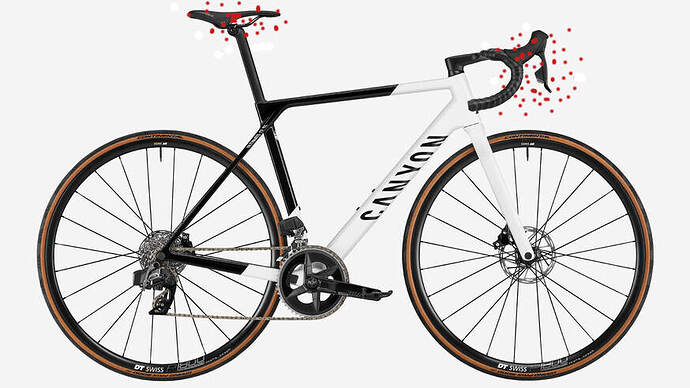To add to the CG discussion:
The CG location of a rider can ROUGHLY be modeled as an inverted pendulum
The dynamics are given by: (Diagrams borrowed from Wikipedia)

The lower the CG (shorter L), the faster the dynamics of the system. The higher the CG (longer L) as with the case of the hipster tall bike, the slower the dynamics of the system.
Going back to Walt’s tall bike example, the physics checks out: the tall bike will have slower dynamics and requires more input (torque) to change its angle.
Back to trail discussion:
I think trail is an incomplete model of handling, as shown by the varied responses on this thread.
The framework we use to talk about bike dynamics is inherited from 1970s motorcycle knowledge. Even though bikes and motorcycles have two wheels and handlebars, there are two reasons why I don’t think the model translates well:
- motorcycles weigh much more than the rider, so the motorcycle’s dynamics dominate
- motorcycles have only one size
- riders sit at the same CG location on a motorcycle
One open question I have is the rider’s interaction between trail and steering input (stem, bar width). Go ride any slack mountain bike with 720mm bars (or just hold the bars inboard of the grips) and it will feel like shit. You just don’t have the leverage to move around the tire’s contact patch.
The biggest benefit we have seen for smaller riders is cutting their bars to reasonable widths (<720mm). These are the steps we take to buy back some of the handling:
- 27.5in wheels to reduce the trail
- 27.5in wheel to reduce the rotational inertia (directly related to gyroscopic forces)
- lower BB to help make the bike tip into turns easier
@Neuhaus_Metalworks and I built a prototype that keeps the trail constant across 29 and 27.5in by slackening the HTA on the 27.5in bike. The theory was that you could get more front center (more rear bias) and more stability with 27.5in wheels + slacker HTA.
However, the feedback from our smaller test rider (5’3) was that while the bike was fun (she set a lot of PRs), it was very physically taxing to ride. Thinking back, I think it had to do with the combination of a long trail and narrow bars. Narrow bars don’t give you the leverage to fight the wheelflop.
I’m not a gravel/touring guy (yet), so I don’t have any handling preferences. In road/gravel world, forks are speced with longer offsets on smaller bikes purely for toe overlap. Designers are still in the mindset of keeping trail constant. Cervelo’s R5 makes three fork offsets: 57.5, 51.5, 45.5, but the same trail number.
Based on my current understanding of small mountain bikes, for handling characteristics I consider:
- narrower bars (<740mm)
- fit is the most important IMO
- smaller wheels
- reduced trail
- less weight and rotational inertia
- less BB drop to make front wheel lifts easier
- you don’t need to make design compromises for toe overlap
- more fork offset
- increase wheelbase and rear weight bias without increasing trail
- lower BB height
- faster and easier to initiate leans
- short cranks means less ground clearance is needed
All those variables are kinda related to trail, and kinda not.
